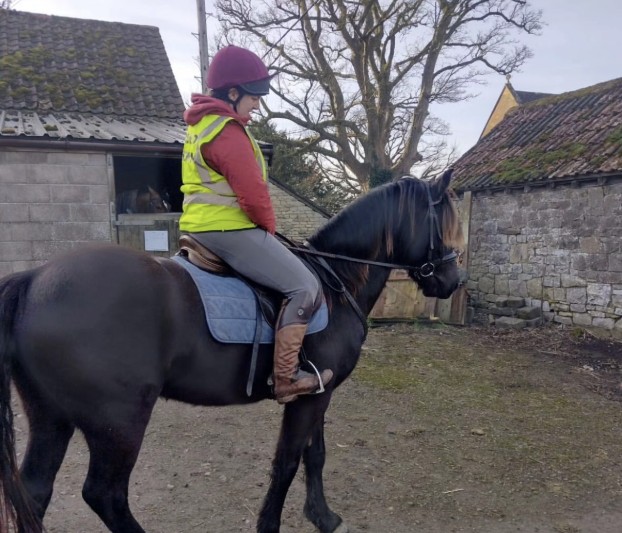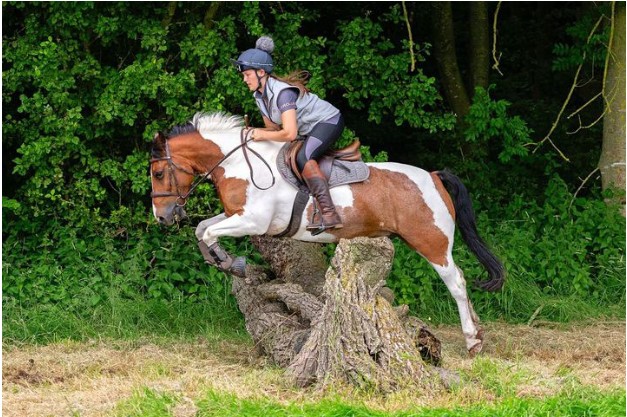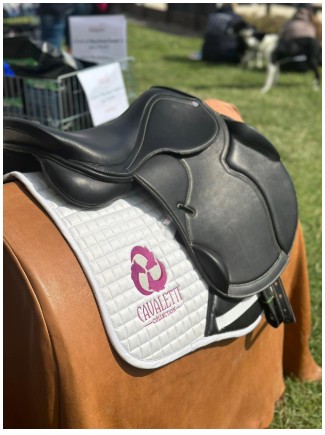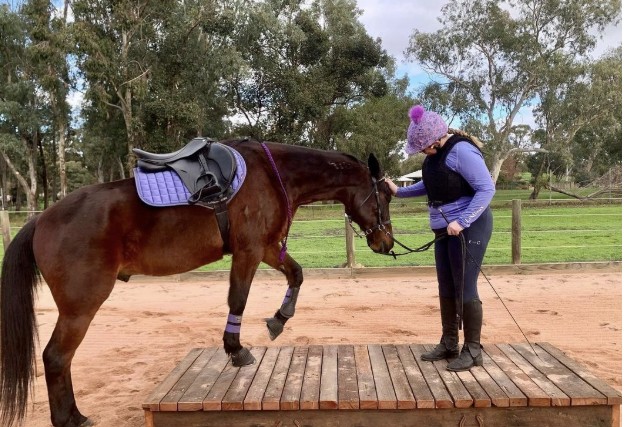Horse Management
Horse Management
Do you want a horse but not sure what it all entails? Or maybe you just bought one and need some guidance. Take a look here on all our tips to take care of your horse.
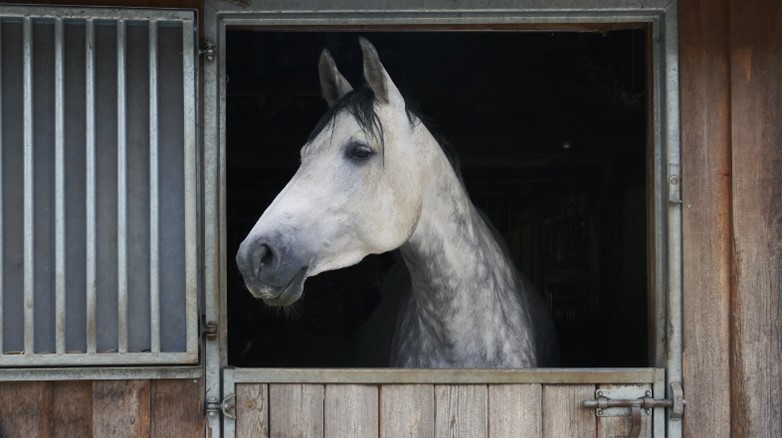 Housing –
Housing –
You can keep your horse at home if you have the space or you can pay to keep it at a professional facility, try and find the closest one to you so you can get to and from it easily. All a horse needs is shelter from the wind, the weather and a dry place to eat, so not all that much.
Fencing –
The right fencing for your horse is absolutely vital, it needs to be safe, sturdy, 4 feet high and a type that will not injure animals if they get stuck. The most common fencing for horse are; Wooden posts, Hardwood boards, Posts and Rails, Electrified wires or a combination of all of them.
 Feeding –
Feeding –
Horses need special nutrient requirements just like majority of animals. Here is a list of what they will need in their healthy eating; Water, Salt, Protein, Calcium, Phosphorus, Vitamin A, D, E and Energy. As long as horses get all this they will be great. Horses are best fed small quantities of food two times a day with at least 12 hour intervals.
Water –
Horses, just like other animals need a good supply of water. They should have clean, fresh water with trace minimal salt there regularly. They always need water because an average sized horse drinks up to 10-12 gallons of water on a daily basis.
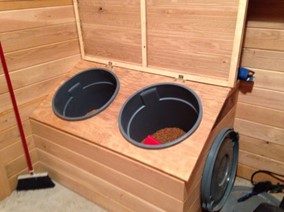 Feed Storage –
Feed Storage –
A horses food should never be kept near them, it should be kept in a clean, dry area that any horse wouldn’t be able to get o. Their hay should also be stored away from them, off the ground to allow the air through it to stop it from getting moldy. The only food you should keep in the barn is enough food for the week.
Health –
All horses are prone to getting certain diseases and some parasites. To prevent this from happening, these are the things you can do; Vaccinate them so they won’t get anything, deworm the regularly and take very good care of their teeth and their feet.
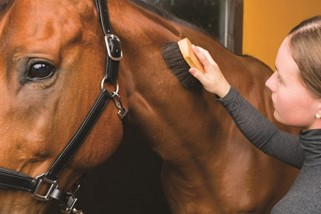 Daily Maintenance –
Daily Maintenance –
For a horse this would be grooming them, removing all waste from their home and exercising them regularly. For this you will need some tools, here is a list of tools you will need for the job; A brush, Towels, Combs, Currycombs, Hoof picks, Manure forks, Shovels, Rakes, A Wheelbarrow, Manure spreader, a Bridle, a Saddle, Saddle pad, Halters, Lead ropes and lunge lines.
Grooming –
Grooming is a very important part of owning a horse as this removes dirt and excess hair to give your horse a better coat and better circulation. When grooming your horse with the rubber currycomb apply as much pressure as you can before your horse is uncomfortable, as this brush also massages your horse. The currycomb is to only be used on the knees and the hocks. After this use the stiff brush to remove all the loose dirt on your horse then go over again with the soft brush. After you have finishes using the brushes get a towel and wipe the horse over to get anything off that has been missed. After get your hoof picker and remove any dirt or stone with this.
 Waste Removal –
Waste Removal –
Any horse that is kept or fed inside should have their shed cleaned out once a day. Never remove all the bedding as the horses have their smell on this and it makes them feel comfortable. Only take out the soiled or wet bedding and the manure, put dry bedding down on the wet spots to soak it up and then remove them. Another thing you can do which is good is sprinkle agricultural lime on the floor as it acts as a sanitizer but make sure to cover it with bedding before the horses are allowed back in.
Exercise –
Riding, driving, lunging and turning out animals are all forms of exercise. A horse that is kept outside will always exercise but only a little bit from the walking around it does. Horses tat are kept inside should be out for at least 60 minutes each day. Before you take a horse out for exercise you must always warm them up, just like a human would need to before exercising. When you have returned from exercising do not allow your horse to go straight to the water and drink loads. To cool them down remove their tack, hose them down and walk at their pace allowing them to have small sips of water. Once they are cool they can go free and drink how much tit wants.






